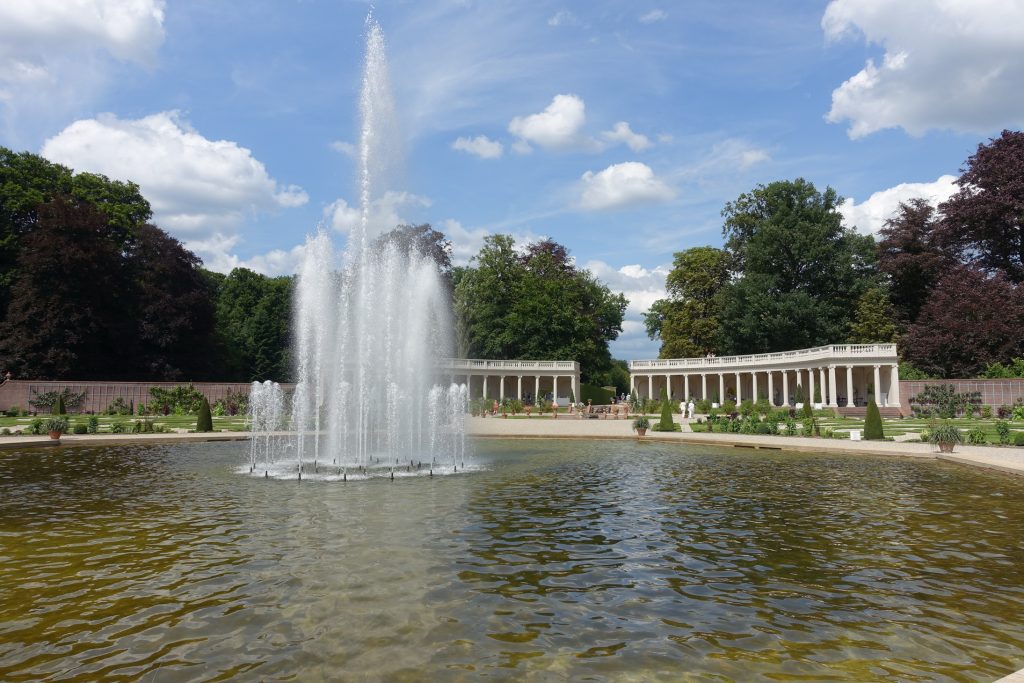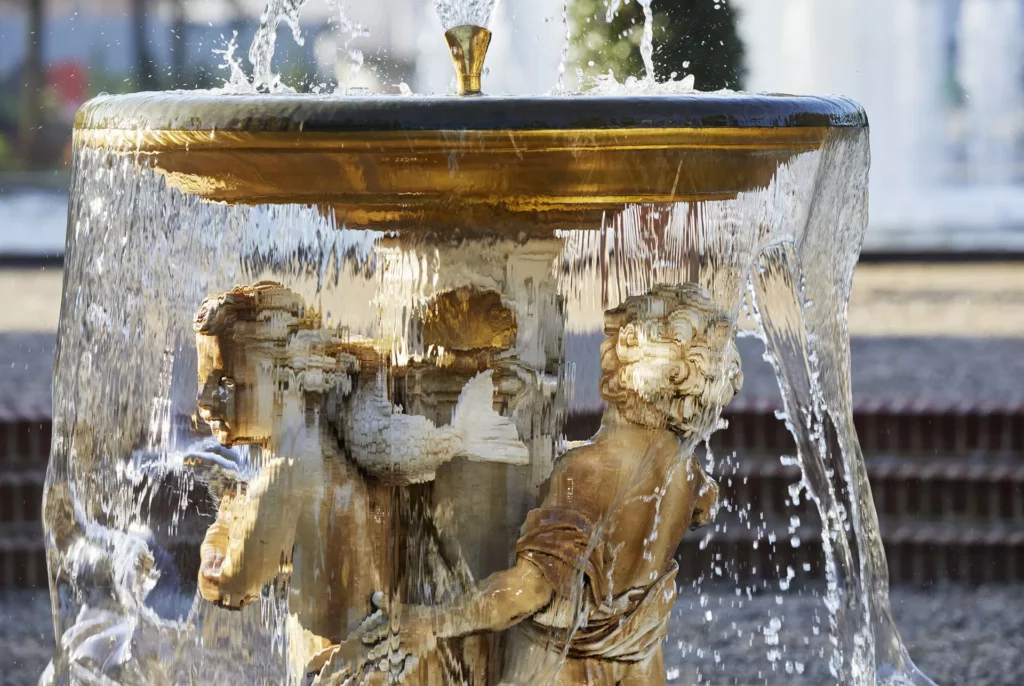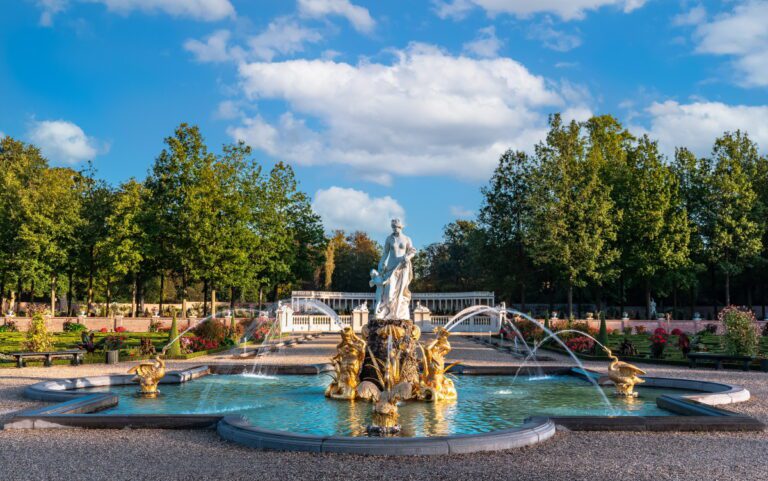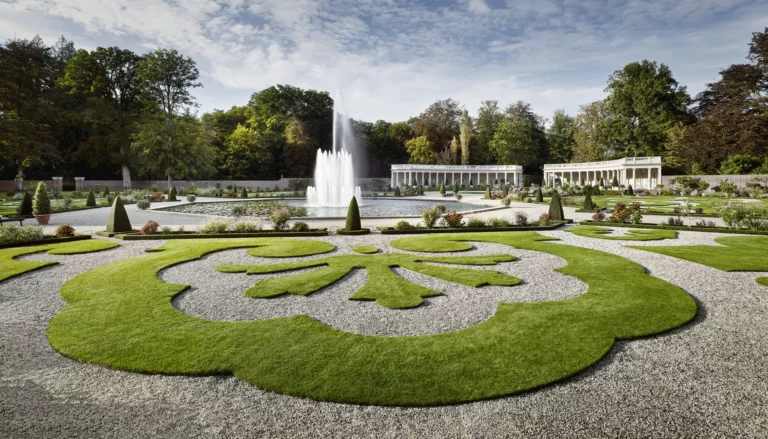Paleis Het Loo was built as a summer palace and hunting lodge in the last quarter of the 17th century by Stadtholder Willem III and Princess Mary. The garden at Het Loo is just as important as the palace – and was the reason that Willem and Mary preferred this particular spot beside the medieval castle Het Oude Loo, near Apeldoorn. Situated in a relatively low area compared to the surrounding hills of the Veluwe, this location had enough flowing, fresh water to establish a lush and green garden full of special plants, statues, fountains and cascades in the middle of the rough and dry heathland of the Veluwe area.

The gardens of Paleis Het Loo have undergone change and development ever since their first establishment. These changes range from small, such as reflecting the owners’ individual preferences for specific plants or the ability of the garden staff to keep them alive, to large scale such as the transformation into a landscape garden in the early 19th century. During this transformation, the formal garden was covered with an enormous layer of soil and the trees and shrubs used to form the landscape garden were planted on top of it.

In 1984, this former Royal residence was opened to the public following years of major renovation. The gardens were transformed back to their original 17th century Baroque garden form, and during the excavations the basic structure, water basins and foundation of the fountains were all retrieved. It was one of the first major reconstruction projects in Europe and served as an example for many others. In 2023, Paleis Het Loo was reopen with a completely renovated Palace and an extended underground area of 5000 m2 beneath the forecourt.

In the 17th century, the water for the flowers and fountains used to flow into the garden from higher springs, miles away. A special system of small creeks and long-distance waterpipes brought the water towards the gardens where it was used both for the fountains, cascades and large fish ponds. The latter also serving as a water reservoir for the gardens. The fountenier and his team were responsible for keeping the water flowing, the fountains operating and to protect to whole system from frost damage. In present days, it has a closed water system.





